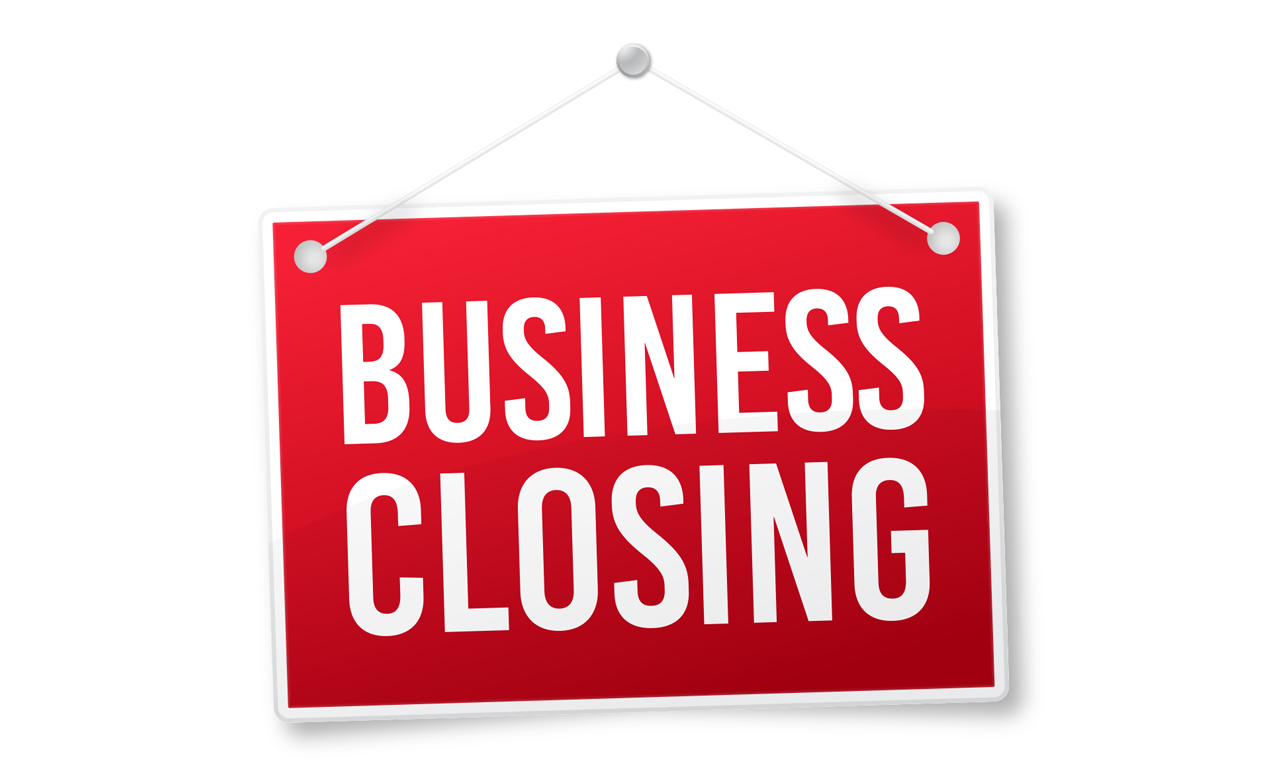Sonya Collins

Pharmacies are struggling—both the independents and the chains. The ACT Pharmacy Collaborative, a partnership with CPESN and pharmacy academia, reported closures of 244 pharmacies including independents and chains in 48 states in just the first 6 weeks of 2024. Add that to markedly slower postpandemic sales and a diminished workforce, already meager reimbursements, and hefty DIR fees from PBMs making increasingly deeper cuts into pharmacy profits and rendering numerous businesses unsustainable.
Pharmacists have little recourse to protect themselves. Many states prohibit pharmacists from refusing to fill a prescription based on the reimbursement rate, while contracts with PBMs may include gag orders that keep pharmacists from telling patients they are taking a hit by filling the prescription.
“Technically, we can be penalized for having conversations with our patients about it,” says Jade Ranger, PharmD, co-owner of The Prescription Shoppe in Williamsburg, VA. “Not only are you not supposed to refuse to fill prescriptions based on the reimbursement, but you’re also not supposed to tell them that.”
This “rock and a hard place” scenario is having far-reaching effects on the community pharmacy landscape and the patients served by it.
Not just the little guys
Combined, Rite Aid (which filed for bankruptcy in October 2023), Walgreens, and CVS shuttered 1,500 stores in the past 2 years, according to The Washington Post.
These closures sometimes send patients to nearby independent pharmacies. But crippling reimbursement rates threaten to keep independent pharmacies from obtaining the staff and resources they need to absorb new patients from the chain pharmacies.
According to a National Community Pharmacists Association survey, which aimed to gauge whether chain closures were an opportunity or a threat to independents, many independent pharmacists cited low reimbursement from PBMs as their top concern and a major barrier to absorbing patients displaced by closed chains.
Regardless, chain closures don’t always result in new clientele for independent pharmacies. Patients at closing stores are often simply forced by their health plans to travel to another of the chain’s locations to get their prescriptions filled or to use mail order.
Expanding pharmacy deserts
Many patients relegated to mail-order pharmacies can’t travel the few extra miles to the chain’s next-nearest location.
“In Philadelphia, some of these Rite Aids are closing in areas where there’s no other pharmacy for miles,” said Mayank Amin, PharmD, owner of independent Skippack Pharmacy in Skippack, PA. “A lot of people who live there are lower income and don’t have a vehicle.”
One in 10 U.S. residents lives more than 5 miles from a brick-and-mortar pharmacy. A 2021 analysis by the Rural Policy Research Institute found that 138 U.S. counties did not have a pharmacy. In the analysis, the counties least likely to have a pharmacy were inhabited by the most vulnerable patients. Evidence suggests that outcomes, including medication adherence, are better for patients who live near a pharmacy. Not to mention, Amin added, the critical role pharmacies showed they could play in a pandemic or a flu surge.
“Let’s say, 10 years down the road, there are no brick-and-mortar pharmacies, is mail order going to have vaccine clinics or point-of-care testing to serve thousands of people?” he said.
Just to stay afloat
The Prescription Shoppe, which Ranger and her husband own and operate, lost $10,000 filling prescriptions in January. Since they cannot voluntarily refuse to fill, some pharmacists are choosing not to stock the drugs that lose money.
“We have to be careful of what we fill and don’t fill,” Amin said. “I have friends that fill 500 to 700 prescriptions a day, but they’re operating at a loss by filling that many.”
While contractually Amin cannot tell patients when he’s taking a loss, he does ask if they’d be willing to let him transfer that particular prescription to a chain pharmacy or mail order.
In social media posts, he writes, “if you use an independent pharmacy and they tell you they can’t get a specific brand-name drug from their wholesaler, read between the lines. They likely can’t fill it because they are getting reimbursed from your insurance company lower than the cost that they buy the drug for.”
Pharmacies are also turning to alternative revenue streams. Ranger and her husband recently opened a compounding pharmacy that works directly with long-term care facilities. They also administer self-injectables to squeamish patients for $5. They charge $20 for point-of-care flu and strep tests.
While cash revenue streams may keep individual pharmacies alive, they won’t save the industry. Both Ranger and Amin stress the importance of political advocacy and joining forces with pharmacy associations to push for legislative changes that can save community pharmacies.
“I don’t think change can happen unless it’s done through advocacy,” Amin said. ■